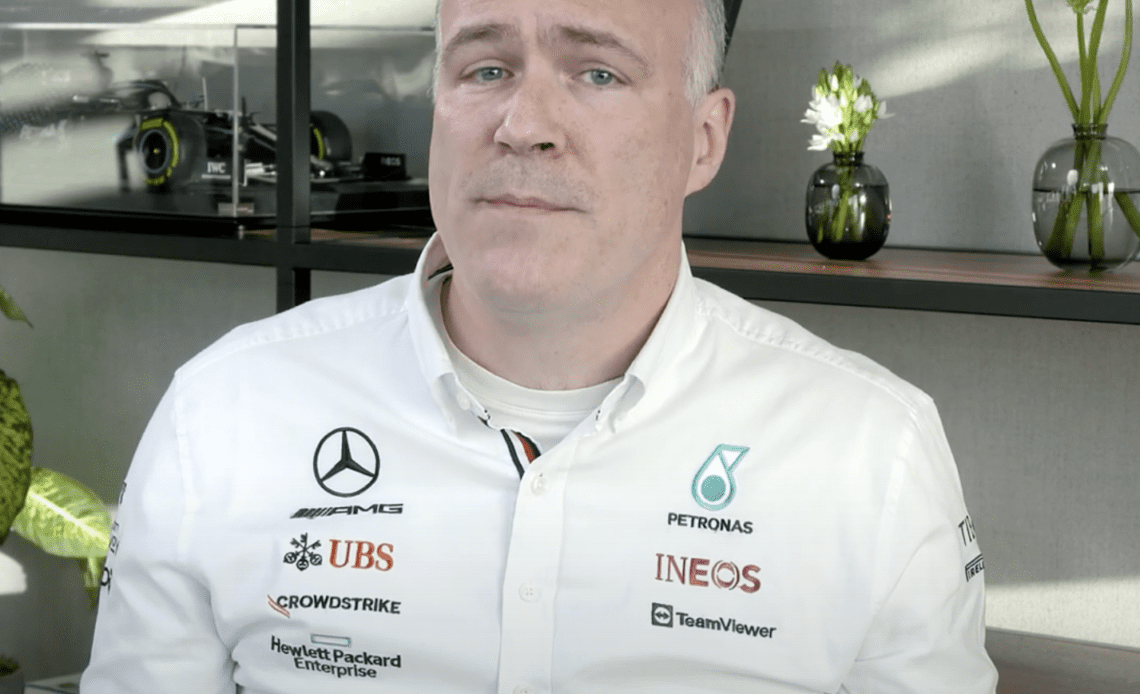Evan Short, Team Leader of Trackside Electronics Systems at Mercedes F1, says, ‘We generate data from a variety of sources. Primarily it’s from sensors on the car itself, and those can be anything from measurements of physical quantities, like temperatures, pressures, torques, and speeds, right through to things like the operation of the system like the internal state of all sorts of things on the car, like the gearbox.
‘Those sensors are physically connected, either through an analog system to the electronic control unit (ECU) on the car that runs the whole car or through a series of CAN network busses around the car that brings information back to that central unit.
Taking the total amount of data generated over the weekend by the car, including video and all sorts of ancillary information, it’s close to a terabyte or even a bit more per car. But if you look at the really exciting bits of data which are the live data streams generated by the car while it’s running, we’re looking at about 30 megabytes per lap of live data and two or three times more once the car is in the pits and we offload the data from it.’
‘Track time and F1 is a very limited resource. We cannot go out and repeat a test if something goes wrong, so the pressure is on to get it right the first time. This applies to the time we spend on track, the time we spend in the wind tunnel, and even the simulations we do, so getting that data right the first time is absolutely critical. We have to balance the requirements of gathering the data for the engineers against what the drivers need during a free practice session because they are also trying to learn about the car, learn about the track and set themselves up for qualifying.
‘Once we’ve gathered up the data on the car, everything is synchronised, so we know exactly what’s happening at a precise time on each one of those sensors. The data is then encrypted and transmitted to the pits through our telemetry system. The telemetry system is common across all the F1 teams, so there’s quite a big infrastructure around the racetrack to ensure we get 100% coverage. That system is common to all the teams, a unique example of cooperation between the F1 teams. We used to set up our own masts, radios, and telemetry systems, and we decided in the end that that wasn’t the competition we were in. We want to be racing each other on track. There’s no point in having a race between the people setting up the…
Click Here to Read the Full Original Article at Racecar Engineering…

